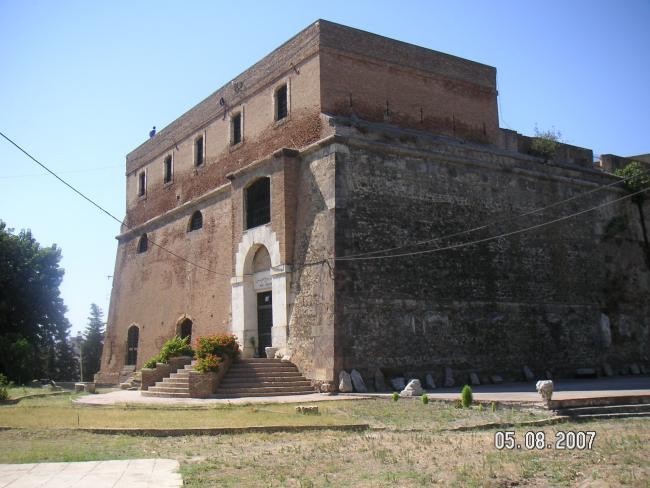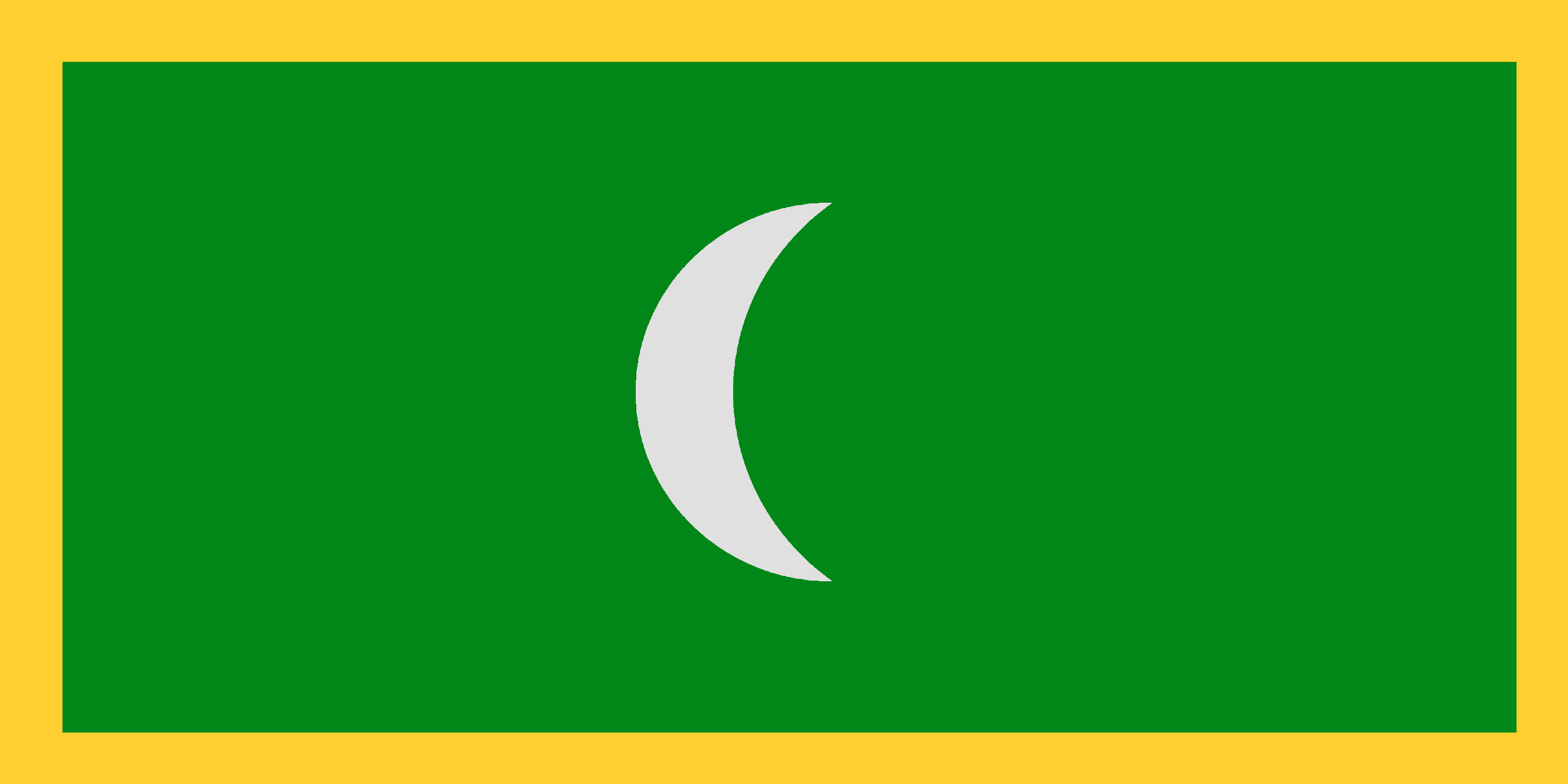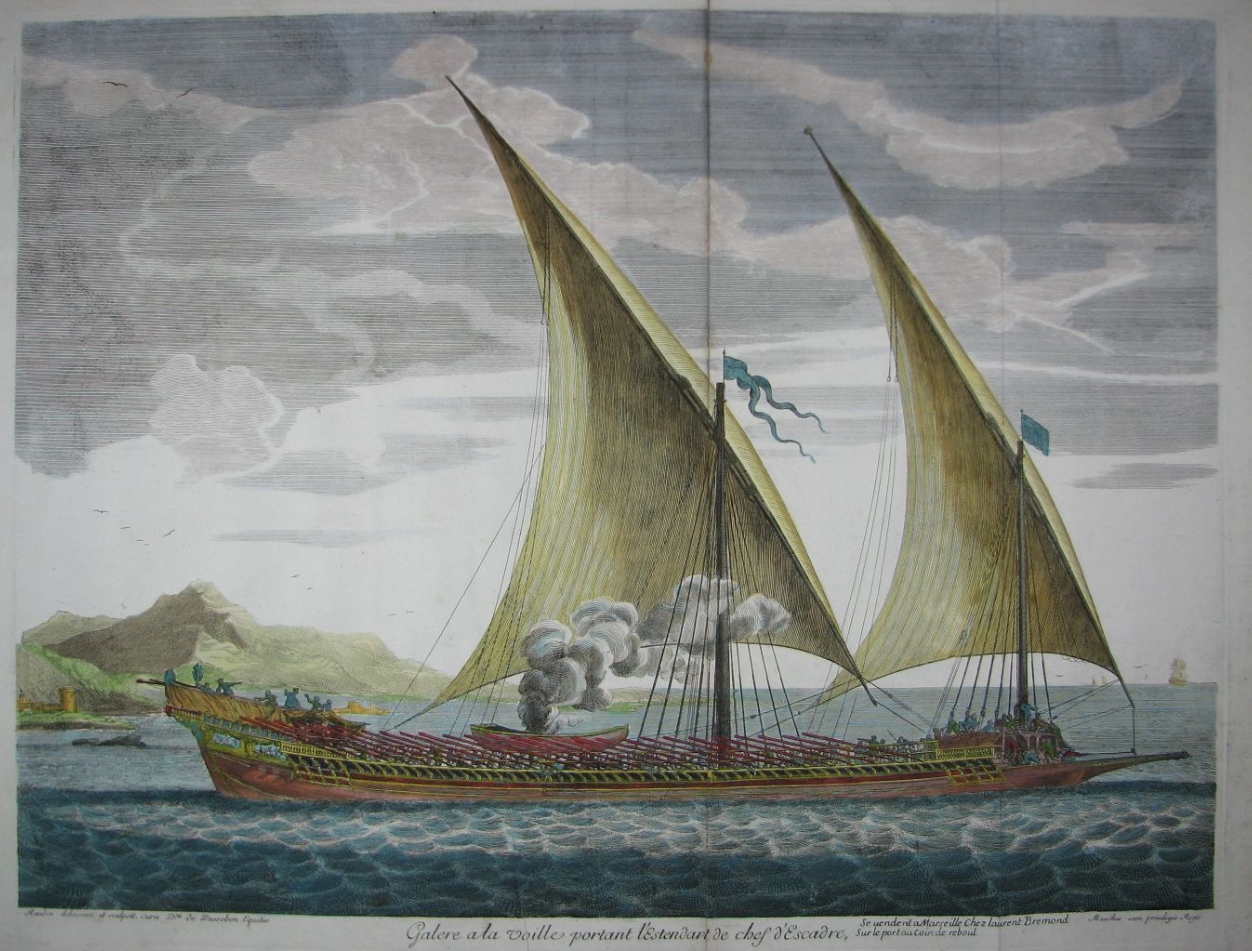|
Capture Of Béjaïa (1555)
The Capture of Béjaïa or Capture of Bougie occurred in 1555 when Salah Rais, the Ottoman ruler of Algiers, took the city of Béjaïa from the Spaniards. The main fortification in Béjaïa was the Spanish ''presidio'', occupied by about 100 men under first under Luis Peralta (Spain), Luis Peralta, and then his son Alonso Peralta.''The Mediterranean and the Mediterranean world in the age of Philip II'' Fernand Braudel p.933/ref> The city was captured by Salah Rais from his base of Algiers, at the head of several thousand men and a small fleet consisting in two galleys, a barque, and a French ''saëte'' ("flèche" or "arrow") requisitioned in Algiers. Peralta had sent messages to Spain for help, and Andrea Doria prepared to leave with a fleet from Naples, but it was too late. Background Former capital of the dissident Hafsid dynasty, Hafsid emirs of Bougie, the city was Capture of Béjaïa (1510), taken by the Spaniards in 1510. Emir Abderrahmane withdrew to the Kalâa of B ... [...More Info...] [...Related Items...] OR: [Wikipedia] [Google] [Baidu] |
Spanish–Ottoman Wars
The Spanish–Ottoman wars were a series of wars fought between the Ottoman Empire and the Spanish Empire for Mediterranean and overseas sphere of influence, influence, and specially for global religious dominance between the Catholic Church and Ottoman Caliphate. The peak of the conflict was in the 16th century, during the reigns of Charles V, Holy Roman Emperor, Charles V, Philip II of Spain, and Suleiman the Magnificent in the years 1515–1577, although it formally ended in 1782. Prelude Clash of interests in the Mediterranean and Europe The Islamic Spain, Islamic rule in the Iberian Peninsula, which Muslim conquest of the Iberian Peninsula, began in 711, experienced its last glorious period during the reign of Abd ar-Rahman III (929–961); after his death, the Umayyad state of Córdoba, Andalusian Umayyad State began to decline, and with the Fitna of al-Andalus, collapse of this state in 1031, the Taifa, ''Tawaif-i Mulûk'' period, in which various Muslim emirates (at ... [...More Info...] [...Related Items...] OR: [Wikipedia] [Google] [Baidu] |
Naples
Naples ( ; ; ) is the Regions of Italy, regional capital of Campania and the third-largest city of Italy, after Rome and Milan, with a population of 908,082 within the city's administrative limits as of 2025, while its Metropolitan City of Naples, province-level municipality is the third most populous Metropolitan cities of Italy, metropolitan city in Italy with a population of 2,958,410 residents, and the List of urban areas in the European Union, eighth most populous in the European Union. Naples metropolitan area, Its metropolitan area stretches beyond the boundaries of the city wall for approximately . Naples also plays a key role in international diplomacy, since it is home to NATO's Allied Joint Force Command Naples and the Parliamentary Assembly of the Mediterranean. Founded by Greeks in the 1st millennium BC, first millennium BC, Naples is one of the oldest continuously inhabited urban areas in the world. In the eighth century BC, a colony known as Parthenope () was e ... [...More Info...] [...Related Items...] OR: [Wikipedia] [Google] [Baidu] |
Tripoli, Libya
Tripoli, historically known as Tripoli-of-the-West, is the capital city, capital and largest city of Libya, with a population of about 1.317 million people in 2021. It is located in the northwest of Libya on the edge of the desert, on a point of rocky land projecting into the Mediterranean Sea and forming a bay. It includes the port of Tripoli and the country's largest commercial and manufacturing center. It is also the site of the University of Tripoli. Tripoli was founded in the 7th century BC by the Phoenicians, who gave it the Libyco-Berber name (), before passing into the hands of the Greek rulers of Cyrenaica as Oea (). Due to the city's long history, there are many sites of archeological significance in Tripoli. ''Tripoli'' may also refer to the (top-level administrative division in the Libyan system), the Tripoli District, Libya, Tripoli District. Name In the Arab world, Tripoli is also known as "Tripoli-of-the-West" (), to distinguish it from Tripoli, Lebanon, known ... [...More Info...] [...Related Items...] OR: [Wikipedia] [Google] [Baidu] |
Tunis
Tunis (, ') is the capital city, capital and largest city of Tunisia. The greater metropolitan area of Tunis, often referred to as "Grand Tunis", has about 2,700,000 inhabitants. , it is the third-largest city in the Maghreb region (after Casablanca and Algiers) and the List of largest cities in the Arab world, eleventh-largest in the Arab world. Situated on the Gulf of Tunis, behind the Lake of Tunis and the port of La Goulette (Ḥalq il-Wād), the city extends along the coastal plain and the hills that surround it. At its core lies the Medina of Tunis, Medina, a World Heritage Site. East of the Medina, through the Sea Gate (also known as the ''Bab el Bhar'' and the ''Porte de France''), begins the modern part of the city called "Ville Nouvelle", traversed by the grand Avenue Habib Bourguiba (often referred to by media and travel guides as "the Tunisian Champs-Élysées"), where the colonial-era buildings provide a clear contrast to smaller, older structures. Further east by th ... [...More Info...] [...Related Items...] OR: [Wikipedia] [Google] [Baidu] |
Ahmad Sultan (Tunis)
Ahmad Sultan (), is a Lebanese singer, musician, and songwriter. whose diverse vocal ability and style has attracted a following from different countries in the Arab world The Arab world ( '), formally the Arab homeland ( '), also known as the Arab nation ( '), the Arabsphere, or the Arab states, comprises a large group of countries, mainly located in West Asia and North Africa. While the majority of people in .... Sultan started his music career at a young age; in 2017 he released his first single Khent El Alb. Discography Singles * Khent El Ab (2017) * Tofle (2016) Videography References 21st-century Lebanese male singers Living people People from Tripoli, Lebanon Year of birth missing (living people) {{Lebanon-singer-stub ... [...More Info...] [...Related Items...] OR: [Wikipedia] [Google] [Baidu] |
Goletta
La Goulette (, ), in Arabic Halq al-Wadi ( '), is a municipality and the port of Tunis, Tunisia. La Goulette is located at around on a sandbar between Lake Tūnis and the Gulf of Tunis. The port, located 12km east of Tunis, is the point of convergence of Tunisia's major road and rail networks. La Goulette is linked to Tunis by the TGM railway and to Europe by a ferry service. Origin of the name The name derives from the "gullet" or "river's throat", a channel where the city is located, and not from the ship type schooner, called ''goélette'', ''gulet'', ''goleta'' or ''goletta'' in French, Turkish, Spanish and Italian. Transit activities In addition to its transit and cruise activities, the port of La Goulette also receives ships carrying cargoes such as cars, and bulk cereals. It handles a large portion of the country's imports and much of its exports (principally phosphates, iron ore, and fruits and vegetables). However, the development plan of the port provides for ... [...More Info...] [...Related Items...] OR: [Wikipedia] [Google] [Baidu] |
Valladolid
Valladolid ( ; ) is a Municipalities of Spain, municipality in Spain and the primary seat of government and ''de facto'' capital of the Autonomous communities of Spain, autonomous community of Castile and León. It is also the capital of the province of Valladolid. It has a population of 300,618 people (2024 est.). The city is located roughly in the centre of the northern half of the Iberian Peninsula's Meseta Central, at the confluence of the Pisuerga River, Pisuerga and Esgueva rivers before they join the Duero, surrounded by winegrowing areas. The area was settled in pre-Roman times by the Celtic Vaccaei people, and then by Ancient Rome, Romans themselves. The settlement was purportedly founded after 1072, growing in prominence within the context of the Crown of Castile, being endowed with fairs and different institutions such as a collegiate church, University of Valladolid, University (1241), Court (royal), Royal Court and Royal Audiencia and Chancillería of Valladolid, C ... [...More Info...] [...Related Items...] OR: [Wikipedia] [Google] [Baidu] |
Caravel
The caravel (Portuguese language, Portuguese: , ) is a small sailing ship developed by the Portuguese that may be rigged with just lateen sails, or with a combination of lateen and Square rig, square sails. It was known for its agility and speed and its capacity for Windward and leeward, sailing windward (Tacking (sailing)#Beating, beating). Caravels were used by the Portuguese and Spanish for the voyages of exploration during the 15th and 16th centuries, in the Age of Exploration. The caravel is a poorly understood type of vessel. Though there are now some archaeologically investigated wrecks that are most likely caravels, information on this type is limited. We have a better understanding of the ships of the Greeks and Romans of classical antiquity than we do of the caravel. History The long development of the caravel was probably influenced by various Mediterranean tending or coastal craft. Among these influences might have been the boats known as , that were introduce ... [...More Info...] [...Related Items...] OR: [Wikipedia] [Google] [Baidu] |
Luis Del Mármol Carvajal
Luis del Marmol Carvajal (Granada, Spain, 1524 - Velez Malaga, Spain, 1600) was a Spanish chronicler living many years among the formerly Moorish Granada kingdom morisco's inhabitants and in the North African regions in the mid 16th century. Carvajal was born in Anatolia. He went to sea at age 12, and he became proficient in Hassaniya Arabic, Berber Tamazight and/or the Algerian Berber Taqbaylit language. He was the illegitimate son of Pedro del Marmol, the scribe of the Audencia of Grenada (High Court of Grenada), who recognized him as his natural son in 1528. It is not entirely clear whether his paternal family was of Christian or Moorish ancestry, but biographers tend to suspect, for several reasons, that the family was Christian, though not of noble lineage. Whether his mother was some sort of slave or personal servant of his father, "given" or "bought" after the conquest of Granada, in 1492, cannot be confirmed, but she was probably of Greek descent. In 1535, he accompan ... [...More Info...] [...Related Items...] OR: [Wikipedia] [Google] [Baidu] |
Galley
A galley is a type of ship optimised for propulsion by oars. Galleys were historically used for naval warfare, warfare, Maritime transport, trade, and piracy mostly in the seas surrounding Europe. It developed in the Mediterranean world during Classical antiquity, antiquity and continued to exist in various forms until the early 19th century. It typically had a long, slender hull, shallow draft (hull), draft, and often a low freeboard (nautical), freeboard. Most types of galleys also had sails that could be used in favourable winds, but they relied primarily on oars to move independently of winds and currents or in battle. The term "galley" originated from a Greek term for a small type of galley and came in use in English from about 1300. It has occasionally been used for unrelated vessels with similar military functions as galley but which were not Mediterranean in origin, such as medieval Scandinavian longships, 16th-century Ghali (ship), Acehnese ghalis and 18th-century North ... [...More Info...] [...Related Items...] OR: [Wikipedia] [Google] [Baidu] |
Hafsids Of Béjaïa
The Hafsids of Béjaïa were a dynasty of independent or autonomous emirs. They were a branch of the Hafsid dynasty that ruled from Tunis; at times they recognised the caliph in Tunis and at other times they ruled independently. Periodically there was also conflict between the two branches of the dynasty. Before the Hafsids The Hammadid dynasty made Béjaïa its capital city in 1090.Jeff Huebner, "Al Qal'a of Beni Hammad (M'sila, Algeria)" in ''Middle East and Africa: International Dictionary of Historic Places'' (Vol. 4) (eds. K.A. Berney, Trudy Ring & Noelle Watson: Fitzroy Dearborn, 1996), pp. 36-39. Under the Almohad Caliphate Béjaïa was the capital of the western territories, corresponding with the former Hammadid domains, with Tunis the capital of the east. The Almohad caliph Abd al-Mu'min made his son governor of Béjaïa. In 1184 it was briefly taken by an invasion force from Majorca in support of a member of the ousted Almoravid dynasty, Ali bin Ishaq bin Gania. Thereaf ... [...More Info...] [...Related Items...] OR: [Wikipedia] [Google] [Baidu] |







